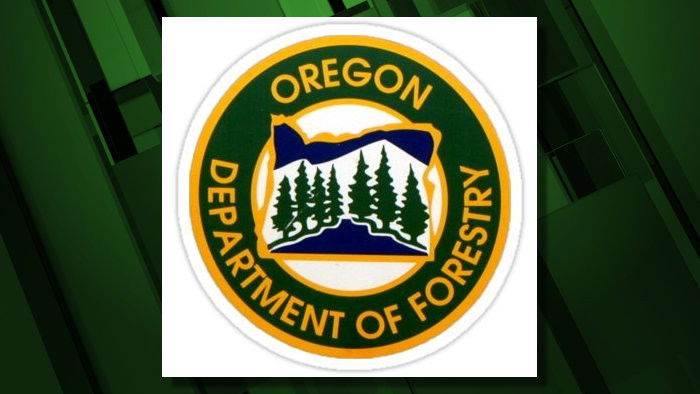New Oregon ‘landscape resiliency’ grant program aims to curb wildfire risk, protect lives and property

Designers of ODF-led effort recently toured 5 Central Oregon projects
SALEM, Ore. (KTVZ) — A $20 million landscape resiliency grant program is making Oregon’s landscapes more resistant to the threat of wildfire by treatments done through unique partnerships with private landowners and other local county, state and federal agencies, the Oregon Department of Forestry said Monday.
Oregon’s 2021 Legislature invested nearly $195 million to address Oregon’s wildfire crisis through Senate Bill 762. Of this $195 million, $20 million created a two-year landscape resiliency and mitigation grant program that the ODF has been administering.
“Projects like this are a major step towards protecting communities and natural resources in Oregon by making forests healthier and more resilient in the face of changing climate and wildfire environment,” said Cal Mukumoto, Oregon’s State Forester.
Just over 200,000 acres of Oregon landscapes are planned to be treated by June 2023, when the program ends. These projects in some of the highest-risk landscapes will greatly reduce the risk of catastrophic wildfire in those treated areas. Not only will it make the forestland around communities and resources safer, but it will also encourage forest health, resiliency, ecosystem health, and shared stewardship.
Recently, a small group of experts that helped ODF design project criteria met on a cold, sunny day in Sisters to see this program unfold.
“We went to see five different projects — five different stories of what landscape resiliency looks like,” said Jeff Burns, ODF’s All Lands Initiatives Unit Manager. “These five projects boasted just shy of 2,000 acres of fuels mitigation and resiliency work. However, the real highlight of the tour was the focus on what our partnerships and relationships can achieve together. The support and collaboration of these diverse groups are key to the success of getting this work done on the ground in such a short period of time.”
The tour highlighted innovative technology such as air curtain burners, fuels mitigation creating in-stream habitat, fuels reduction with an element of wildlife habitat management, slash burning, and mastication groundwork.
Some of the projects visited included:
- The Upper Deschutes Watershed Council removed trees on 58 acres that provided approximately 750 trees to be used for in-stream work and habitat restoration.
- The Ponderosa Land & Cattle Company project that included 727 acres of roadside brushing, thinning, mowing and mastication for fuel breaks. It also treated 590 acres of unit mowing, mastication, thinning and ladder fuels.
- The Black Butte Ranch project highlighted the use of an air curtain burner that can be used to dispose debris from their project of 79 acres of roadside brushing, thinning, stump grinding, limb removal, and mastication. Two other private landowners had projects concentrated on thinning and pruning pine trees, removal of juniper, mastication of ladder fuels such as bitterbrush, and burn piles.
- The Ludwick Property Project treated 170 acres
- The Glynn Property Project treated 200 acres.
“Access to programs like this enable ODF to work closely with our public and private partners to support communities, local economies, and natural resources while making them safer from wildfires,” Burns said. “At the end of these projects, we hope we can show a level of success that will encourage future funding for this type of work.”
For more information visit ODF’s Landscape Resiliency Grant Program website.